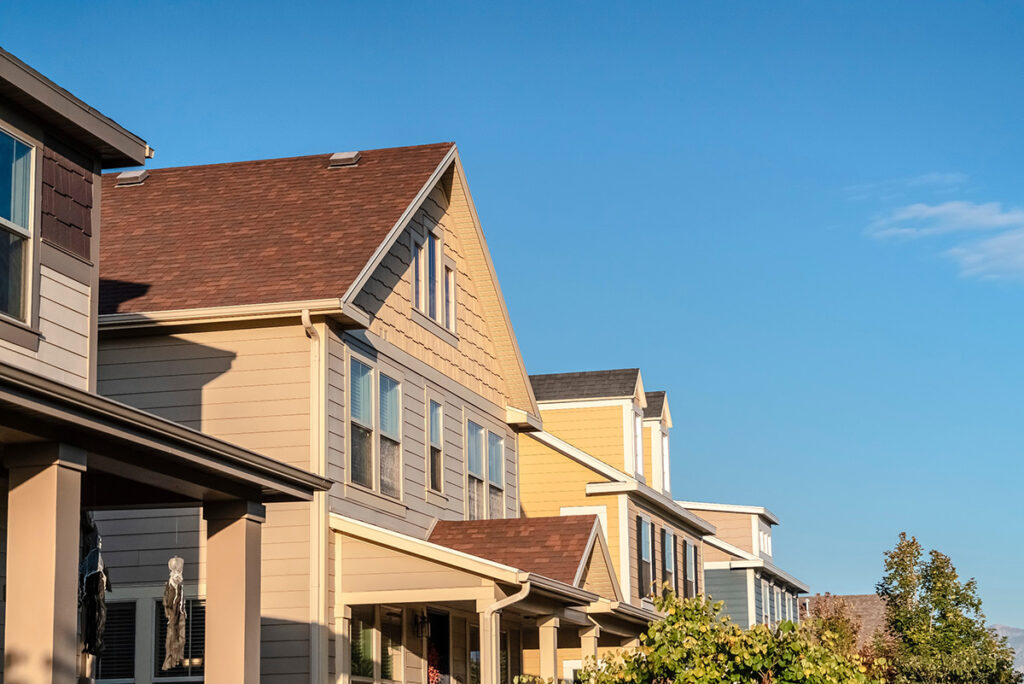It is general knowledge that as you climb up the floors of story buildings, the humidity of the air increases. This event is commonly felt by those who live or have stepped into the second floors of buildings.
Although, to a certain degree, this phenomenon could result from the altered conditions of the environment. There could be a number of factors in play when your second floor is more humid than the first.
The second floor is more humid than the first because the air that is moist and wet has a lower density than dry air. So, the humid air with a lower density tends to rise to the upper part of the building. This could become pronounced when there are faults in the insulation, ductwork, or air conditioning within a house.
Is it Okay for My Second Floor to be More Humid Than the First?
You may get confused when you notice the variation in humidity, especially if it’s your first time coming across such conditions.
Even in normal conditions, the humidity of the second floor is slightly higher than that of the first floor. However, the difference in humidity is not too consequential because it ranges from 1% to 5%. This depends on the area and several other environmental factors. These factors include elevation above sea level, type of biome, and the general climate.
In some instances, some other factors will need to be checked.
When the humidity of the second floor of a building is greater than the second floor by over 5%, factors such as the insulation, the ductwork of the building, and the air conditioning system’s capacity may be effecting the conditions.
What Causes the Second Floor of a Building to Be More Humid than the First?
The second floor could have higher humidity than the first due to a few reasons discussed below:
- The humidity of the second floor may be higher due to the rising of moist air from all parts of the building to the higher levels. This event occurs because dry air being heavier than moist air, stays closer to ground level. While the damp, lighter air rises and throws itself towards the upper atmosphere making it more humid.
This process occurs just like evaporation, whereby moisturized air rises until it forms clouds that rain.
- A poorly insulated building may allow lots of outer moisture entry, causing the environment to have higher humidity. This occurrence could make the second floor feel more humid than the first.
Though most of the humid air going into the building gets lifted to the top floors, this occurrence could be dealt with.
- A few leaks in the ductwork of the building may cause the humidity of the second floor to be higher than that of the first. This occurs when highly humid air is allowed to seep into the building through the leaks in the ductwork. However, if the air conditioning unit does not dispose of the humidity as fast as it comes in, there’s a problem. The second floor of the building would possess a high level of moisture which is over 5% more than that of the first floor.
- An air conditioner with a higher capacity than required can increase the humidity of the second floor of a building. The air conditioner is designed to work by removing humidity from the air. But because of its capacity, it works quickly and then goes off to maintain the temperature.
Because of this, its effectiveness in removing moisture is considerably tarnished. Therefore, this causes the humidity to pile in the air, making the second floor more humid.
How to Control Excessive Humidity in the Second Floor of a Building
There are several ways to counter the increasing humidity on the second floor of a building. They include:
- Correctly insulating your house goes a long way towards ensuring that the humidity on the second floor does not exceed normal. Also, insulation prevents heat and particles from seeping into your home. It would aid in keeping the humidity of the second floor of your home moderate.
- Proper Ventilation helps push out the excess moisture in the air, thereby reducing humidity levels on the second floor of the building.
You may need to keep the ventilation fans working most of the time. However, it would be best to do this for even longer when it is noticed that the second floor is reeling from high humidity levels.
- Lesser plants in the house would mean lesser humidity in the air. Reason being that plants undergo transpiration which is the release of moisture into the atmosphere.
Thus, this moisture then seeps to the higher areas of the atmosphere.
Therefore, this would increase the general humidity levels as the gaseous water released by these plants move to the second floor. Likewise, the result is a more humid second floor.
- The use of rugs as floor material increases the humidity of the second floors of buildings and should be minimized. Clearly, this could happen because rugs absorb and retain moisture. In contrast, tiles hold the moisture on its surface until it is cleaned off or dries off.
On an average day, the humidity of the second floor should be higher than that of the first floor to a certain degree. But, on the other hand, if that degree is excessively exceeded, the conditions of the environment should be checked and treated.

